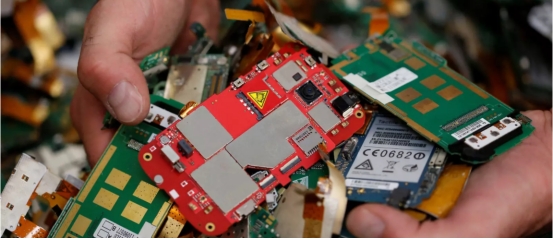Repairing – not recycling – is the first step to tackling e-waste from smartphones. Here’s why.
2021-07-20
As smartphone sales have skyrocketed, so has the device’s contribution to waste streams and carbon emissions.Manufacturers will need to conserve resources as 6 of the key elements for mobile phones will run out in the next 100 years.Changes to business models and consumer habits will be needed to tackle electronic waste.The ability to repair phones will be key to conserving resources, tackling e-waste and climate mitigation, and building a circular economy for electronics.Roughly four in ten people globally owned a smartphone in 2018 and that number continues to grow rapidly. This growth is driven by steady sales of the devices – more than 1 billion each year – putting hand-sized computers in people’s pockets.
It is difficult to overstate the impact smartphones have had on human behaviour: they are part of a digital transformation which has revolutionized communications, financial inclusion, and agricultural productivity, to name but a few examples. But as smartphone sales have skyrocketed, so has the device’s contribution to waste streams and carbon emissions.
Smartphones have the potential to power economies and improve lives without damaging the earth – but only if we reconsider their lifecycles and think beyond recycling.
